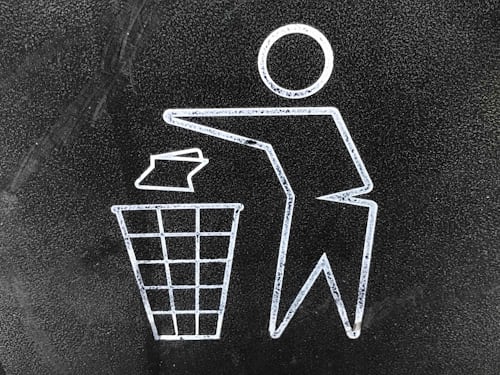Your cart is currently empty!
Behind “The Process”: Sentence Design 101 (The Art of REARRANGEMENT)

Hey dude!
I’m far enough into my current WIP–which means Work In Progress, if you weren’t sure–that I’m doing a bit of editing. I wrote out a few chapters by hand and put them on the computer. Now I’m taking a peep at what I’ve got. It’s not a full-blown edit, mind you. What I like to do is read back a bit before writing down some fresh ideas. Gets me back in the right mindset, and also makes sure I don’t write anything redundant. I highly recommend not going into a writing session totally cold if you’re writing something kinda long. (Like a novel.)
I think going over something several times is important, hence writing it first, then typing it. I believe writing by hand frees the mind, but the typing what you wrote is important too. You’ll catch things, tweak things during the process of having to read and re-transcribe your ideas. Then when you read it again later–as I am now–you’ll have a more polished product that only needs minor adjustments. Well…hopefully. Assuming things are mostly cool, and it the issue is one like this:
The content is fine, it just doesn’t sound right for some reason…
Then this post is for you. It’s about finding that flow in your style where the reader’s eyes move across the lines you’ve crafted without effort. Real quick, here’s what you shouldn’t do:
JUST CUT ALL OF IT!

Sometimes the issue is that something needs to go. If the information within the sentence isn’t relevant, or it’s redundant (the same info is in another preceding sentence/paragraph and doesn’t need re-stating), or you were drunk when you wrote it and it’s actually quite horrible.
Other times you might only need to rearrange the sentence a little. Below is a paragraph from my current WIP. I came across it and thought, Mm-mm, not gonna work…
Version 1:
He flicked a butt off to his side, bent over for his beer, downed it, crunched and threw the can, then started reeling in his line, ready to call it a day. But something caught Chuck’s eye on the other end of the pond. There was a small patch of fog floating towards him over the pond.
That first sentence is loooooooong. I broke up what was happening into separate sentences. (Quick Tip: Readers naturally read shorter sentences at a faster pace than they do longer sentences. If it happens quickly. Show it in quick sentences rather than saying “She quickly did yadda…yadda…yadda…”) I mentioned a few sentences earlier that this character often discarded cigarette butts and trash, so I focused on the more immediate and tangible experiences–savoring the last drop of a beverage as it comes of the can, then crushing it in your hand. Then I realized I might want to indicate that this dude definitely drank enough that he shouldn’t be getting back into his car to drive.
Version 2:
He bent over for his beer and downed it. After crunching and tossing the last can of the six pack, he was ready to call it a day. Chuck began reeling in his line, but something caught Chuck’s eye. There was a small patch of fog floating over the pond towards him.
How much did he down? A whole can? Half a can? Little sip? Let’s throw in that it was cheap beer. I don’t know why, but I feel like this guy drinks the cheapest thing he can find. Throw in that he picked it up on the way. Maybe from work. Maybe not. Let the reader decide. And let’s give an indication where the thing is that caught his eye, then it’ll make sense as to why it was floating on the water. (*It was floating on the water because I liked the image, but you can’t tell the reader that, goofball.) I say Chuck twice in the same sentence, change the second one to his. Floating is a bit over-used…. Gliding on the water sounds a little creepier than floating on the water. The rest is just a few words being out of place, which you can mostly fix with some copy and paste. (*If part of a sentence doesn’t work but you don’t want to scrap it completely, put it in another sentence–at the end, beginning, or splice that monkey’s uncle right in the middle like I’m about to with the “ready to call it a day” line!) When all was said and done, I wound up with this:
Version 3:
He bent over for his beer and downed the last few mouthfuls. After sucking the last drop from the edge, he crunched and tossed the last can of the discount six pack he bought on the way over. Chuck began reeling in his line, ready to call it a day, but something on the other end of the pond caught his eye. There was a small patch of fog gliding over the pond towards him.

It’s not perfect, but, ya gotta admit, it’s a lot better than what I originally had. AND THAT’S WHY YOU DON’T JUST SCRAP WRITING THAT ISN’T “GOOD ENOUGH”! Trust the writing process. And believe me, it’s a process. But a fun one.
Hopefully this helps!
-CT

Christopher Tallon writes, podcasts, and…wait a second. Are you actually reading this? High five!
Website | Instagram | FaceBook | Twitter | Creative Ops (Podcast)